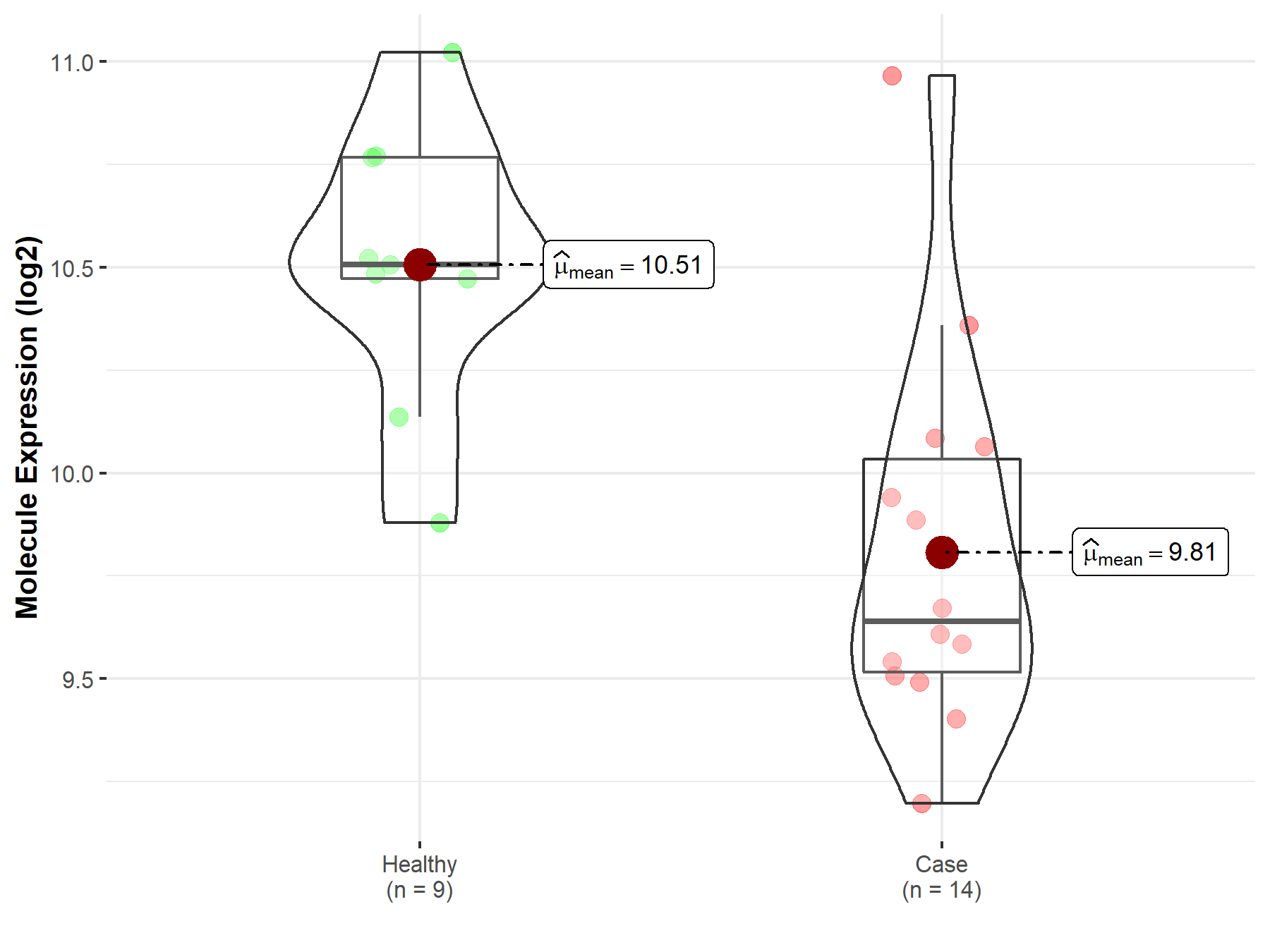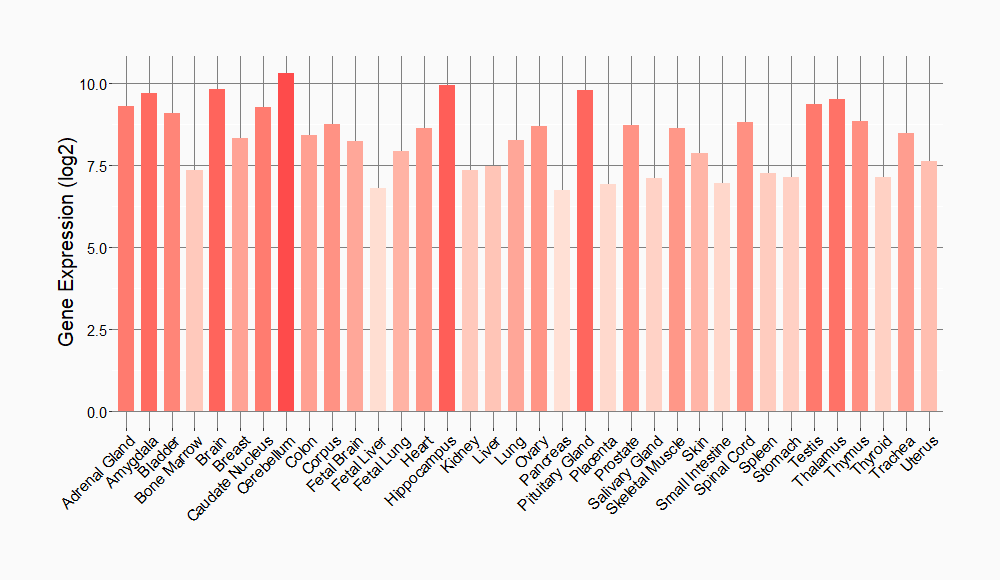Molecule Information
General Information of the Molecule (ID: Mol01976)
| Name |
TSPY like 2 (TSPYL2)
,Homo sapiens
|
||||
|---|---|---|---|---|---|
| Synonyms |
TSPYL2; CDA1; DENTT; TSPX; HRIHFB2216
Click to Show/Hide
|
||||
| Molecule Type |
Protein
|
||||
| Gene Name |
TSPYL2
|
||||
| Gene ID | |||||
| Location |
chrX:53,082,367-53,088,540[+]
|
||||
| Sequence |
MDRPDEGPPAKTRRLSSSESPQRDPPPPPPPPPLLRLPLPPPQQRPRLQEETEAAQVLAD
MRGVGLGPALPPPPPYVILEEGGIRAYFTLGAECPGWDSTIESGYGEAPPPTESLEALPT PEASGGSLEIDFQVVQSSSFGGEGALETCSAVGWAPQRLVDPKSKEEAIIIVEDEDEDER ESMRSSRRRRRRRRRKQRKVKRESRERNAERMESILQALEDIQLDLEAVNIKAGKAFLRL KRKFIQMRRPFLERRDLIIQHIPGFWVKAFLNHPRISILINRRDEDIFRYLTNLQVQDLR HISMGYKMKLYFQTNPYFTNMVIVKEFQRNRSGRLVSHSTPIRWHRGQEPQARRHGNQDA SHSFFSWFSNHSLPEADRIAEIIKNDLWVNPLRYYLRERGSRIKRKKQEMKKRKTRGRCE VVIMEDAPDYYAVEDIFSEISDIDETIHDIKISDFMETTDYFETTDNEITDINENICDSE NPDHNEVPNNETTDNNESADDHETTDNNESADDNNENPEDNNKNTDDNEENPNNNENTYG NNFFKGGFWGSHGNNQDSSDSDNEADEASDDEDNDGNEGDNEGSDDDGNEGDNEGSDDDD RDIEYYEKVIEDFDKDQADYEDVIEIISDESVEEEGIEEGIQQDEDIYEEGNYEEEGSED VWEEGEDSDDSDLEDVLQVPNGWANPGKRGKTG Click to Show/Hide
|
||||
| Function |
Part of the CASK/TBR1/TSPYL2 transcriptional complex which modulates gene expression in response to neuronal synaptic activity, probably by facilitating nucleosome assembly. May inhibit cell proliferation by inducing p53-dependent CDKN1A expression.
Click to Show/Hide
|
||||
| Uniprot ID | |||||
| Ensembl ID | |||||
| HGNC ID | |||||
| Click to Show/Hide the Complete Species Lineage | |||||
Type(s) of Resistant Mechanism of This Molecule
Drug Resistance Data Categorized by Drug
Approved Drug(s)
1 drug(s) in total
| Drug Resistance Data Categorized by Their Corresponding Mechanisms | ||||
|
|
||||
| Disease Class: Prolactinomas | [1] | |||
| Resistant Disease | Prolactinomas [ICD-11: 2F37.2] | |||
| Resistant Drug | Bromocriptine | |||
| Molecule Alteration | Expression | Up-regulation |
||
| Experimental Note | Identified from the Human Clinical Data | |||
| Cell Pathway Regulation | TGF-beta 1/Smad3 pathway | Activation | hsa04350 | |
| In Vitro Model | HS27 cells | Bone | Homo sapiens (Human) | CVCL_0E34 |
| MMQ cells | Pituitary gland | Rattus norvegicus (Rat) | CVCL_2117 | |
| Experiment for Molecule Alteration |
Western blotting assay | |||
| Experiment for Drug Resistance |
CCK8 assay | |||
| Mechanism Description | TGF-beta1 promotes the synthesis and secretion of collagen fibers in fibroblasts and that the TGF-beta1/Smad3 pathway is involved in the mechanism of prolactinoma resistance by increasing fibrosis through interactions with fibroblasts. | |||
Disease- and Tissue-specific Abundances of This Molecule
ICD Disease Classification 02

| Differential expression of molecule in resistant diseases | ||
| The Studied Tissue | Pituitary | |
| The Specified Disease | Pituitary cancer | |
| The Expression Level of Disease Section Compare with the Healthy Individual Tissue | p-value: 5.41E-05; Fold-change: -7.53E-01; Z-score: -2.05E+00 | |
|
Molecule expression in the diseased tissue of patients
Molecule expression in the normal tissue of healthy individuals
|
||
| Disease-specific Molecule Abundances |

|
Click to View the Clearer Original Diagram |
| The Studied Tissue | Pituitary | |
| The Specified Disease | Pituitary gonadotrope tumor | |
| The Expression Level of Disease Section Compare with the Healthy Individual Tissue | p-value: 4.45E-04; Fold-change: -8.68E-01; Z-score: -2.53E+00 | |
|
Molecule expression in the diseased tissue of patients
Molecule expression in the normal tissue of healthy individuals
|
||
| Disease-specific Molecule Abundances |

|
Click to View the Clearer Original Diagram |
Tissue-specific Molecule Abundances in Healthy Individuals


|
||
References
If you find any error in data or bug in web service, please kindly report it to Dr. Sun and Dr. Zhang.
